Monitoring the Migration Systems of Chinook Salmon
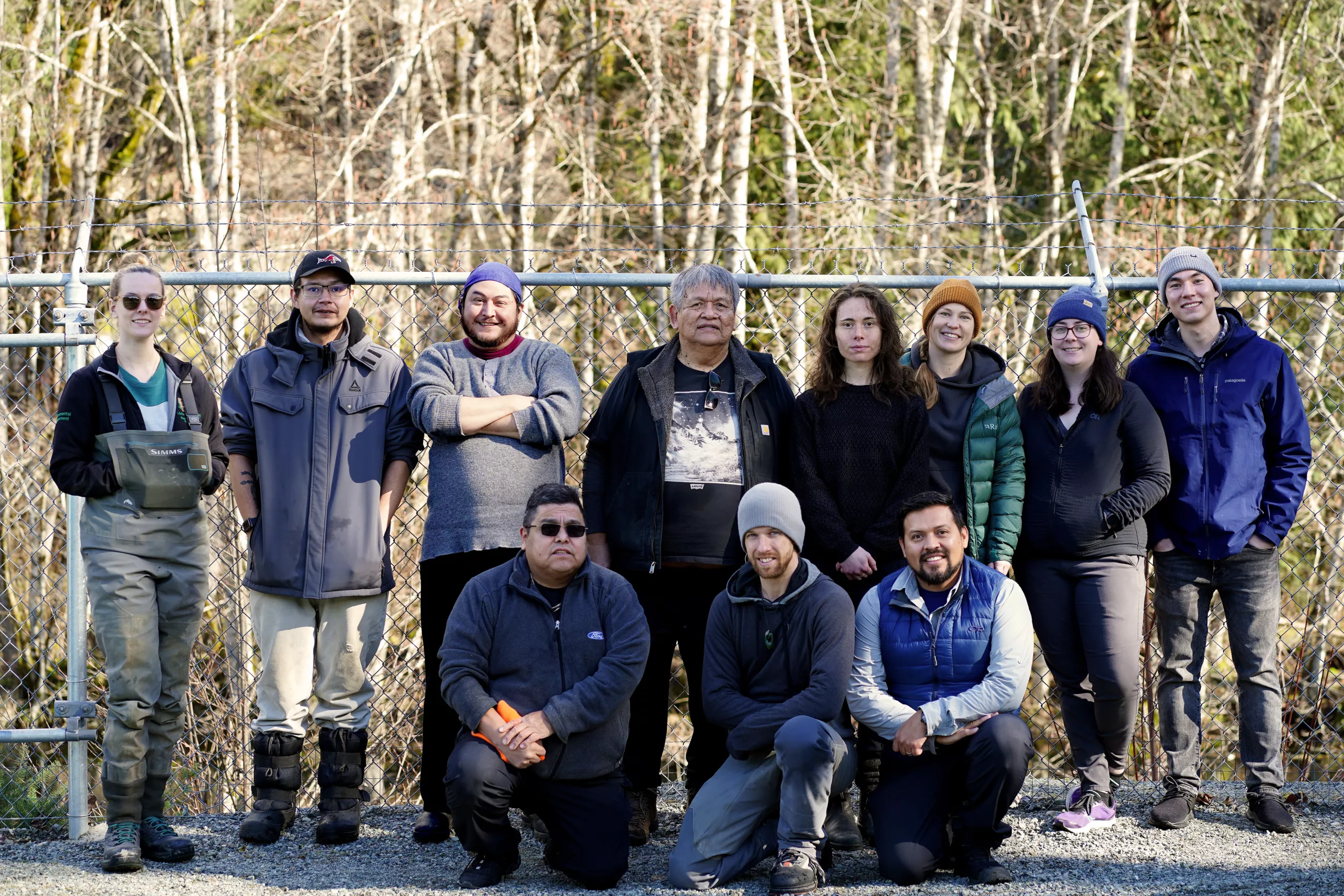
February 26th-28th, 2024, Tenderfoot Hatchery, Squamish, B.C. — St’at’imc Government Services (SGS), N’Quatqua Hatchery, and InStream Fisheries Research Group, participated in PIT (Passive Integrated Transponder) tagging juvenile Chinook Hatchery Salmon to enable a greater understanding of their migration timing – when they leave of the river system as juveniles and when they return to Seton Portage as spawning adults. PIT tagging Chinook assists in migration tracking by inserting a microchip into the juvenile salmon internally by either careful scalpel incision or through a specific PIT tag gun. From there, the tracking chip becomes activated when the fish swims over an underwater antenna located throughout the river system. The completion of the PIT tagging this past week will allow the juvenile salmon to be ready for the spring release.
History of the project’s beginnings – Portage Chinook are a genetically unique population that originates from Portage Creek in the community of Tsal’alh. The population was showing signs of declining returns for the past 20 years, and without intervention, it was anticipated that they would become extinct within the following 10 years. That is when the Portage Creek Chinook Salmon Recovery Program was established to assist in recovering the Portage Chinook population;
2019 – St’át’imc Eco-Resources Ltd. and the Department of Fisheries and Oceans (DFO) staff started a brood stock collection program to help preserve and rebuild the population. This program resulted in the first successful spawning of the Portage Creek Chinook.
2020-2021 – yearling smolts (juvenile salmon) were released with more successful spawning.
2022 – juvenile salmon began being implanted with PIT tags to be tracked as they pass through the river system
Through the great stocking efforts to preserve the Portage Chinook population, there has been an increase in spawning returns, but there is still more information to be monitored and measured to help determine long-term actions to help save the wild population. That is where the multi-part program between Lillooet and Seton Portage is being implemented. This program is being led by St’át’imc Government Services (SGS) in collaboration with Instream Fisheries Research (IFR) with funding and support by the Department of Fisheries and Oceans (DFO), and the Province of British Columbia. This multi-part program is scheduled to continue for the next two years, and parts of the program include;
- Use of PIT Antennas for detection along the river system – aids to better understand the timing of migration as well as potential barriers to fish passageways.
- Night Snorkel Surveys along Portage Creek – allows the team to count and measure the juvenile salmon with minimal disturbance.
- Portage Creek Walks during spawning returns to assess the proportions of wild and hatchery through the weekly dead pitch – through this assessment, they collect the length, sex, and age data of spawned-out Chinook, as well as collecting scales for genetic analysis and assessing whether the salmon were PIT tagged and if they came from hatchery origins.
- In-Depth Portage Creek Habitat Analysis – measuring of bed materials, spawning grounds, water velocity riparian vegetation, off-channel habitat, and disturbance indicators – all this data will be used to create a watershed restoration plan for the salmon recovery (last analysis was completed in October 2023).
As this past week’s part of the project comes to completion, Elhe Black, Biologist at SGS states “Salmon are so important, they care for the land by providing nutrients to the plants and animals around them. Our goal with this program is to ensure that Wild Salmon continue coming back to Portage Creek for future generations.” It is thrilling to see the continuous efforts of this collective group towards the preservation and restoration of Portage Chinook Salmon and eager to see more of the project’s parts in the upcoming 2024 year. Be on the look out for an announcement for the Spring Release of the Portage Chinook Salmon, which is to occur in Tsal’alh along the Portage Creek!
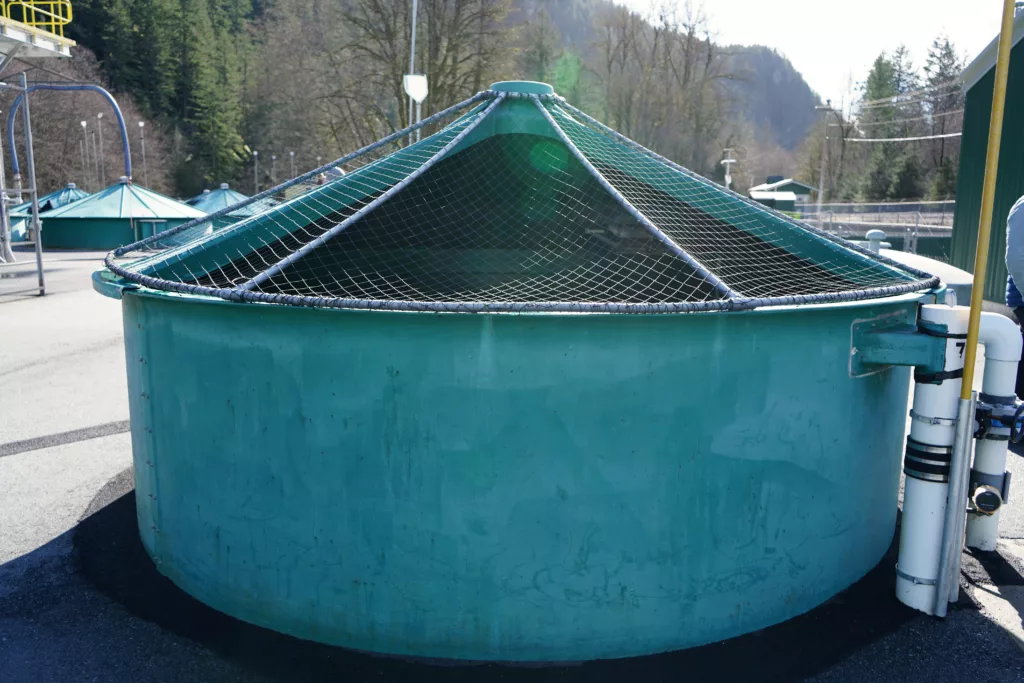
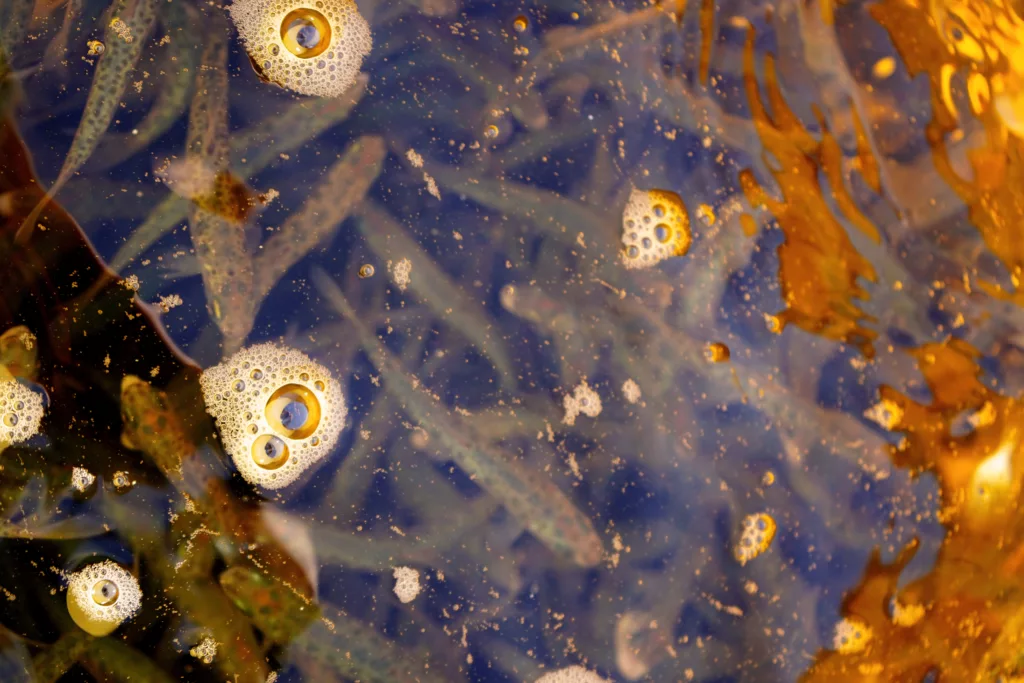
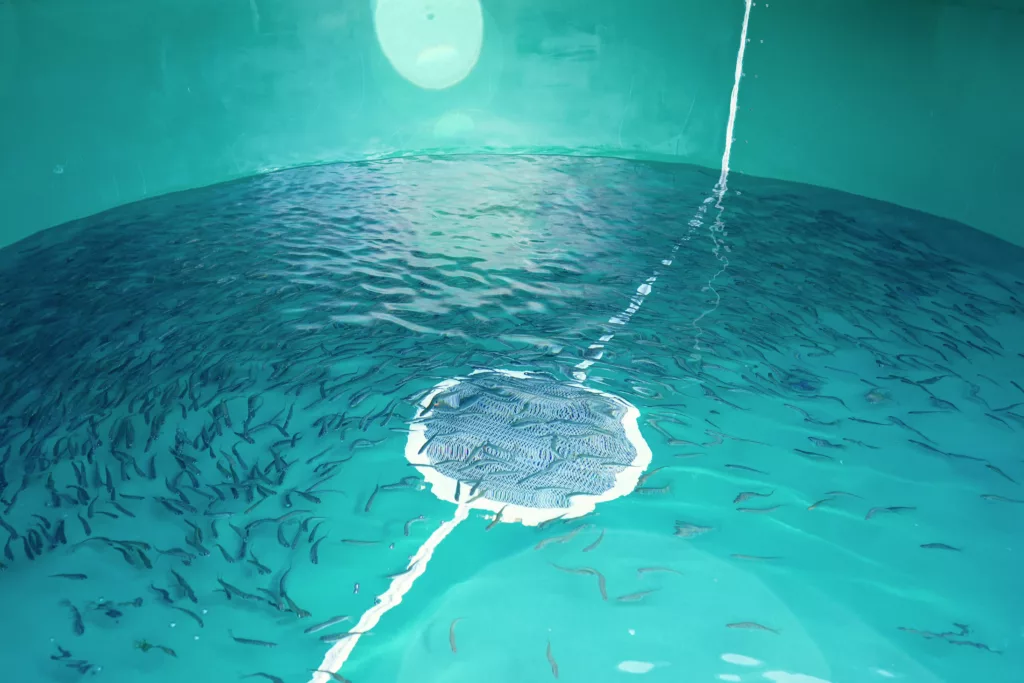
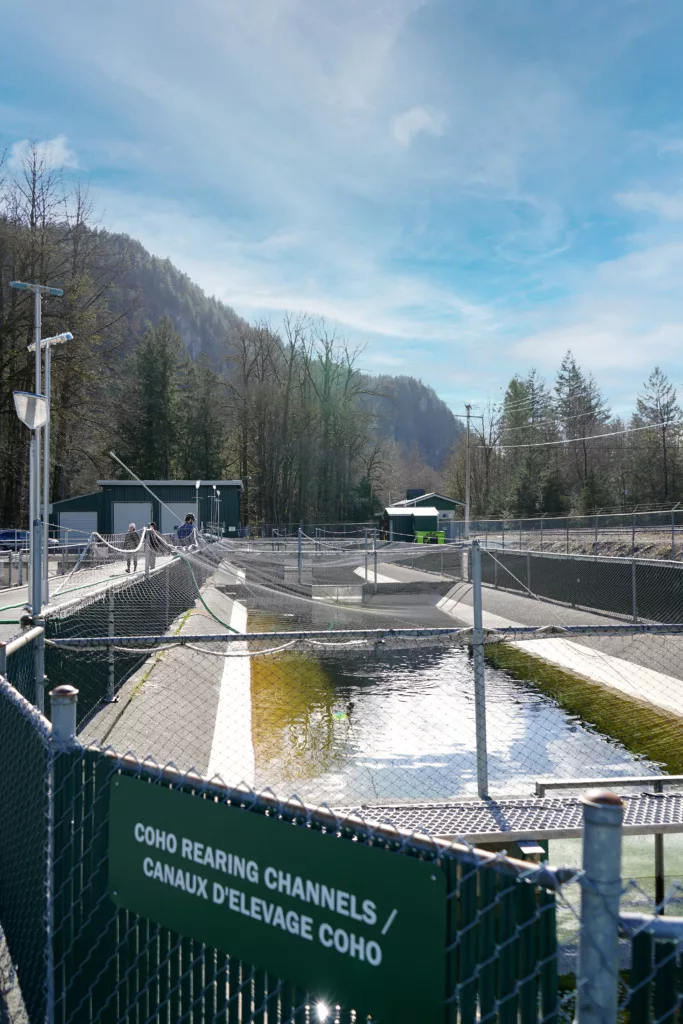
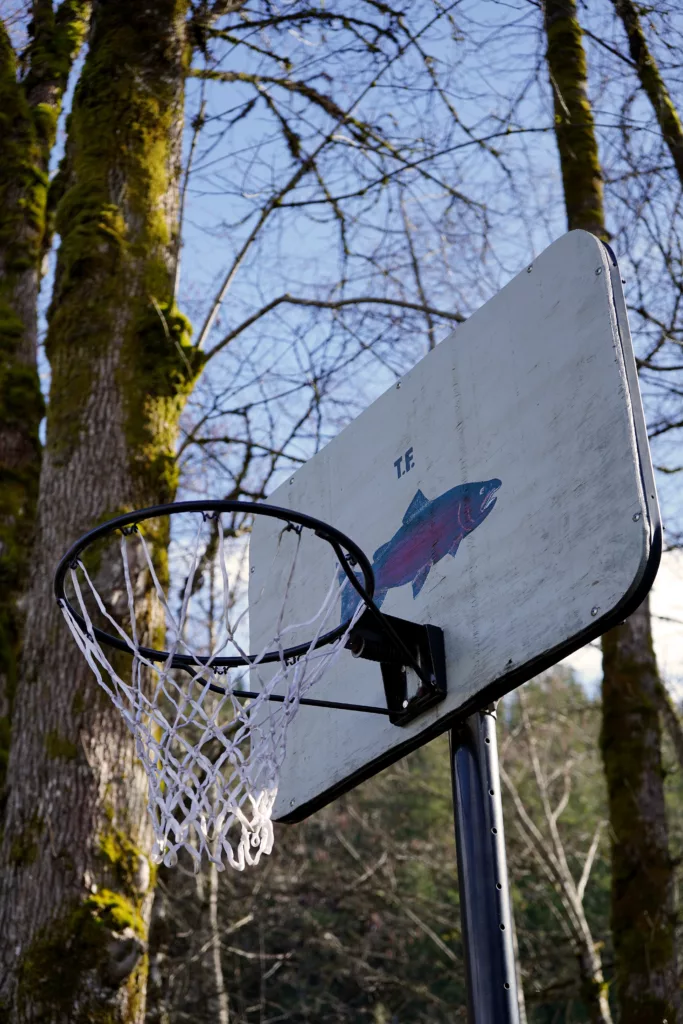
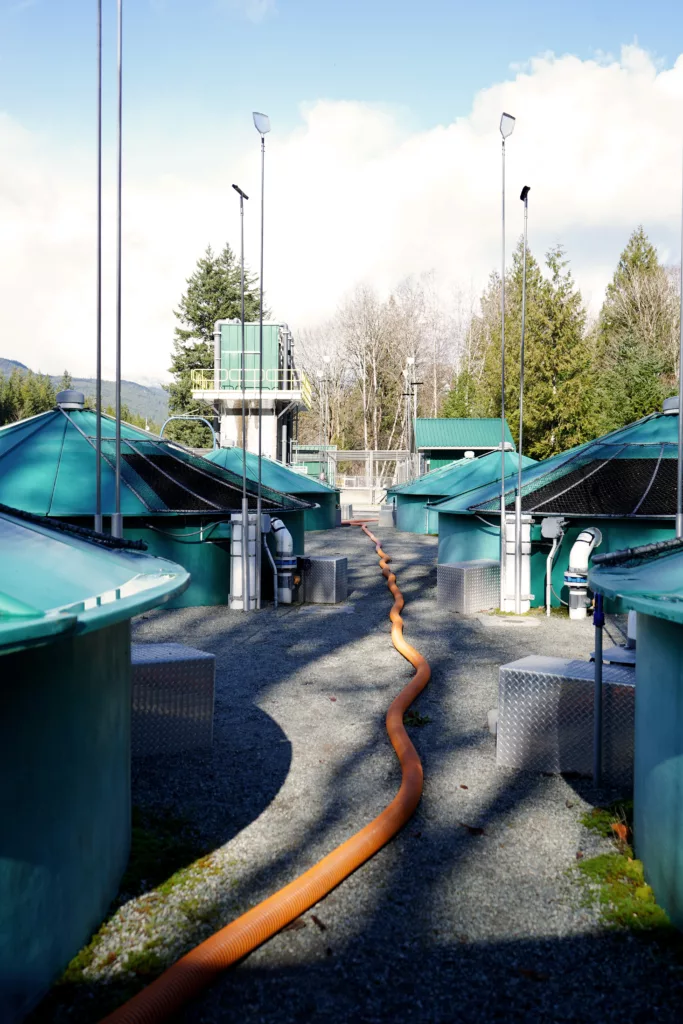
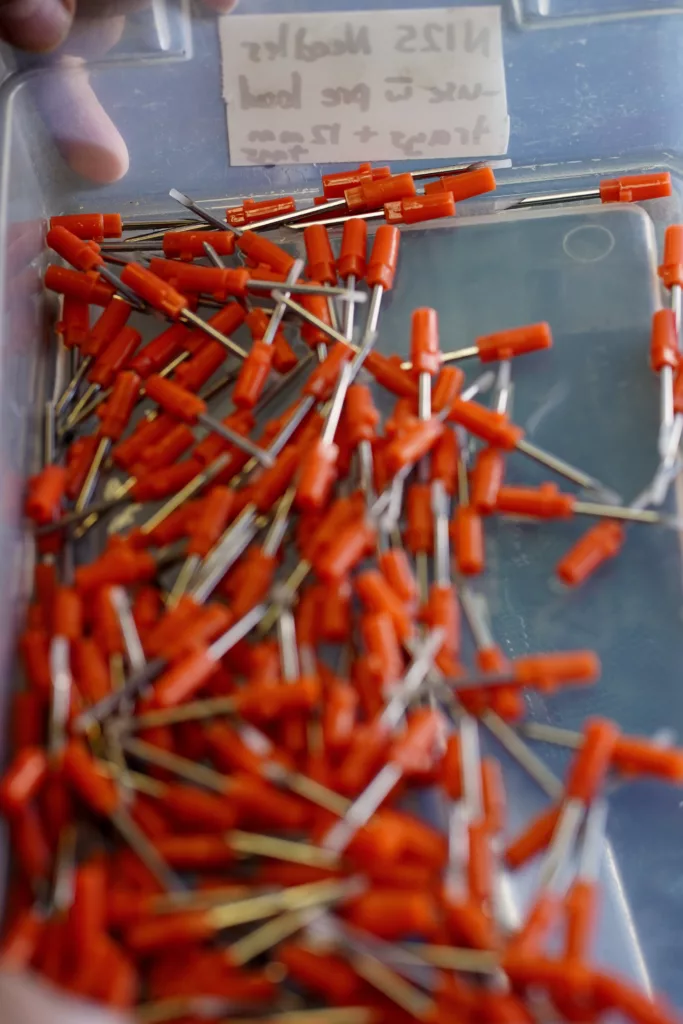
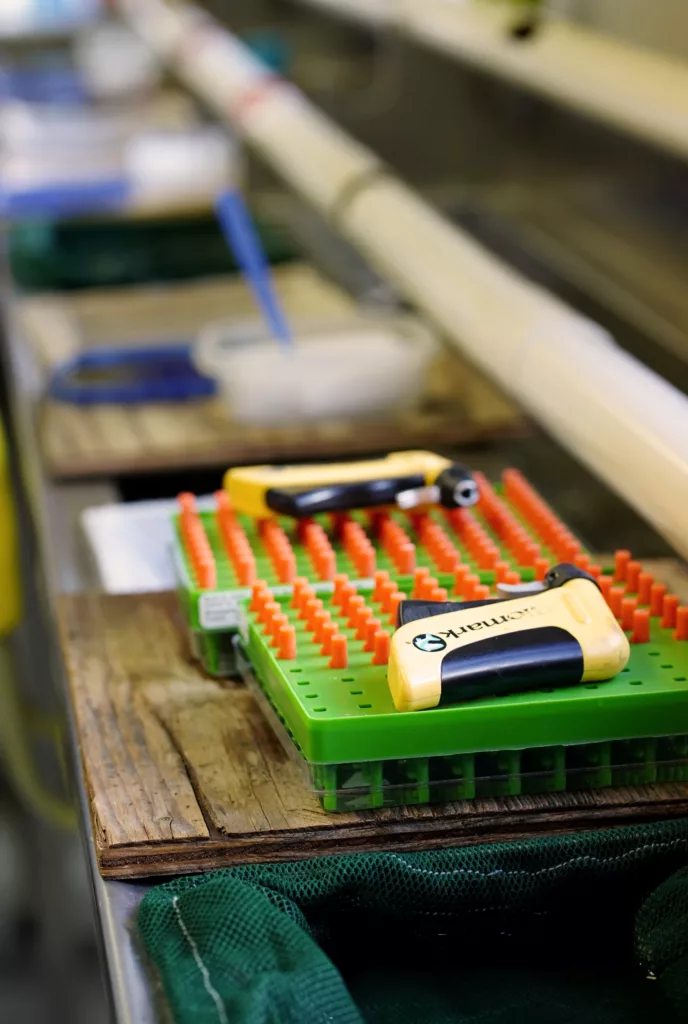
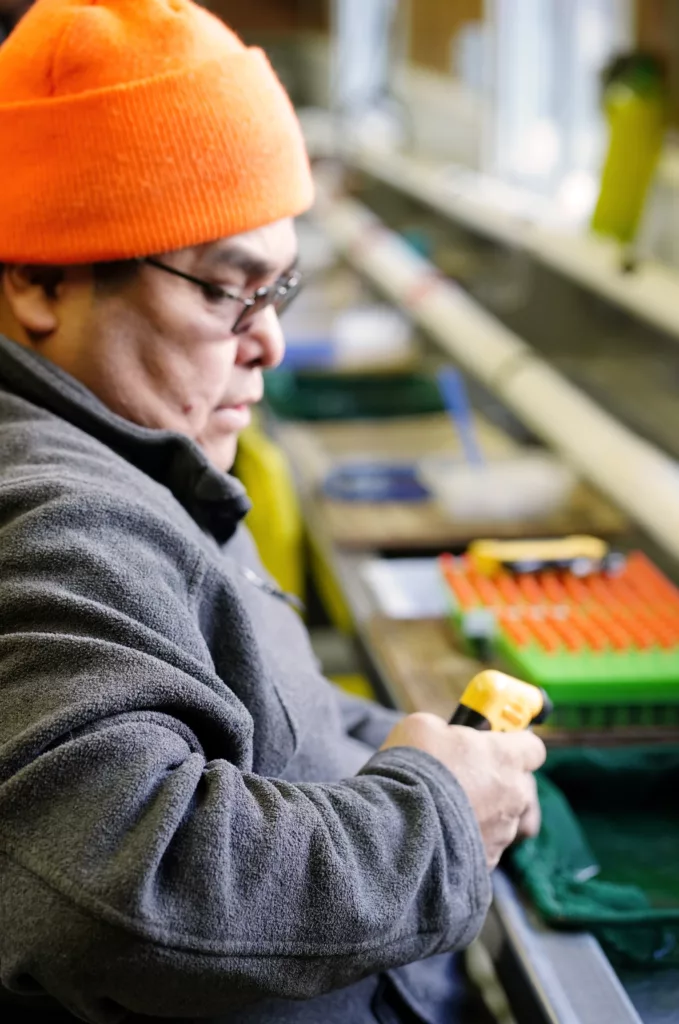
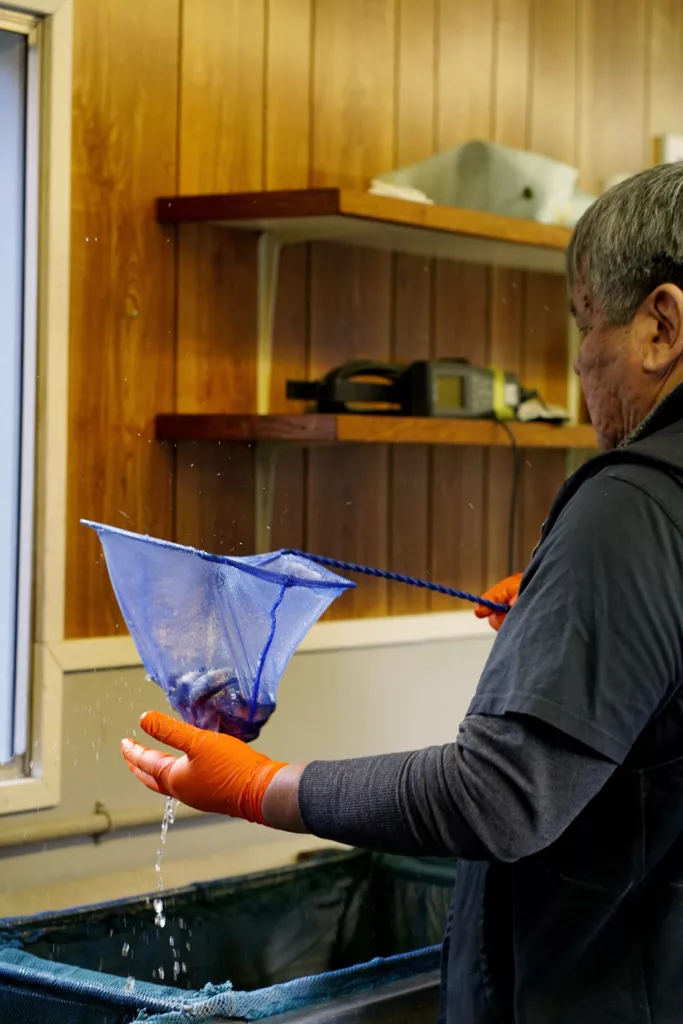
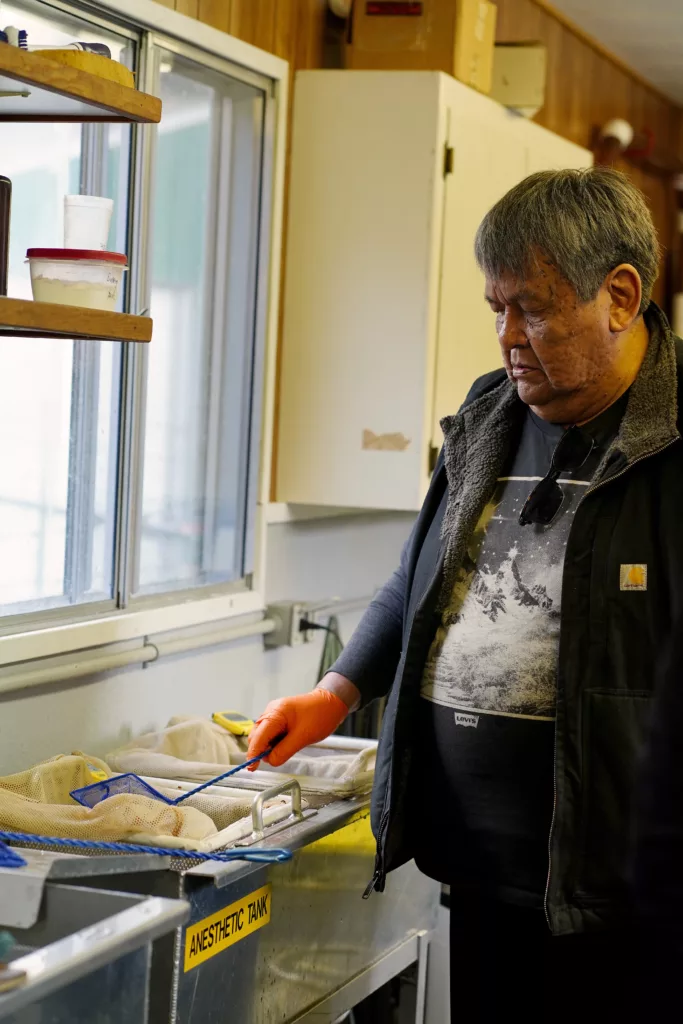
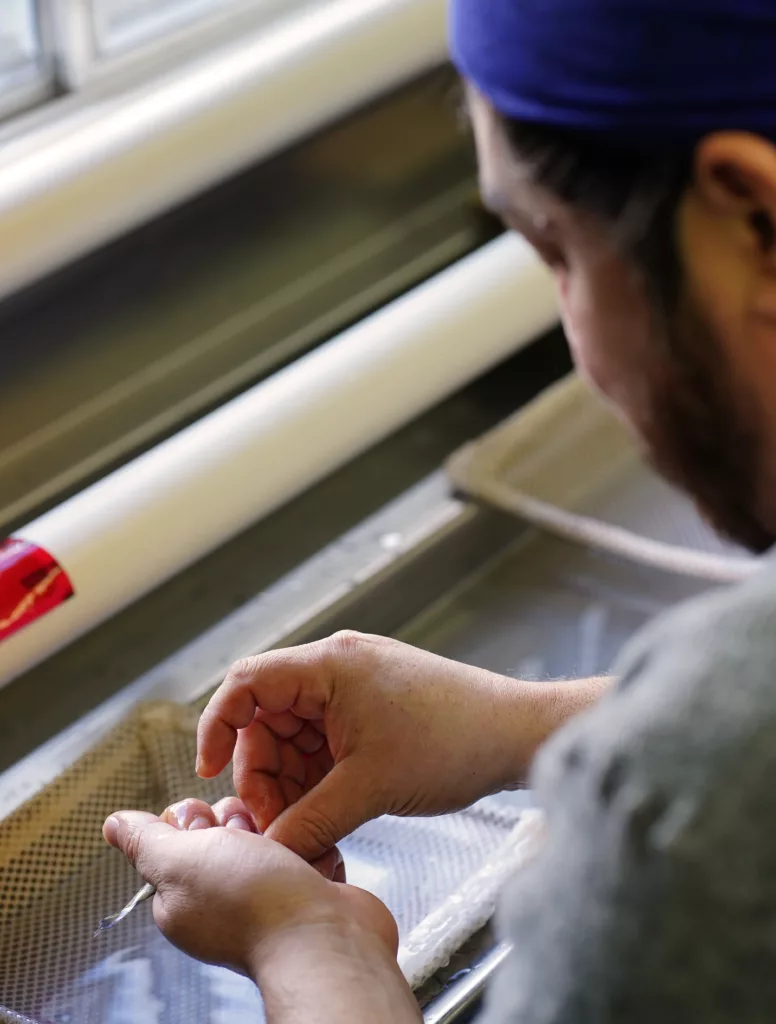
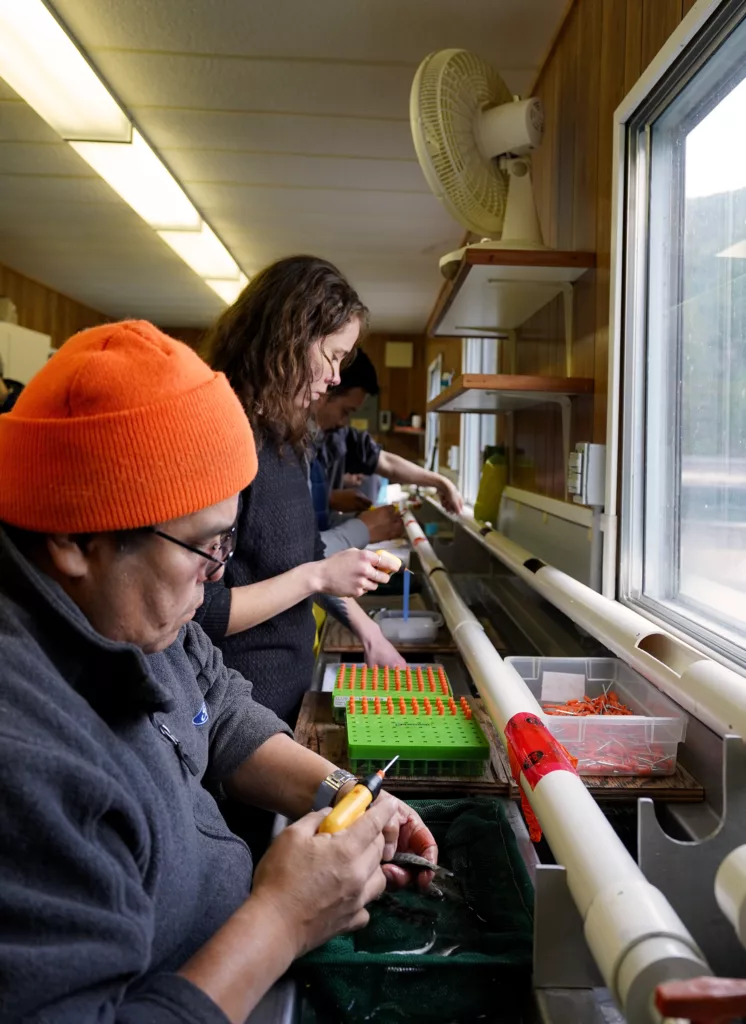
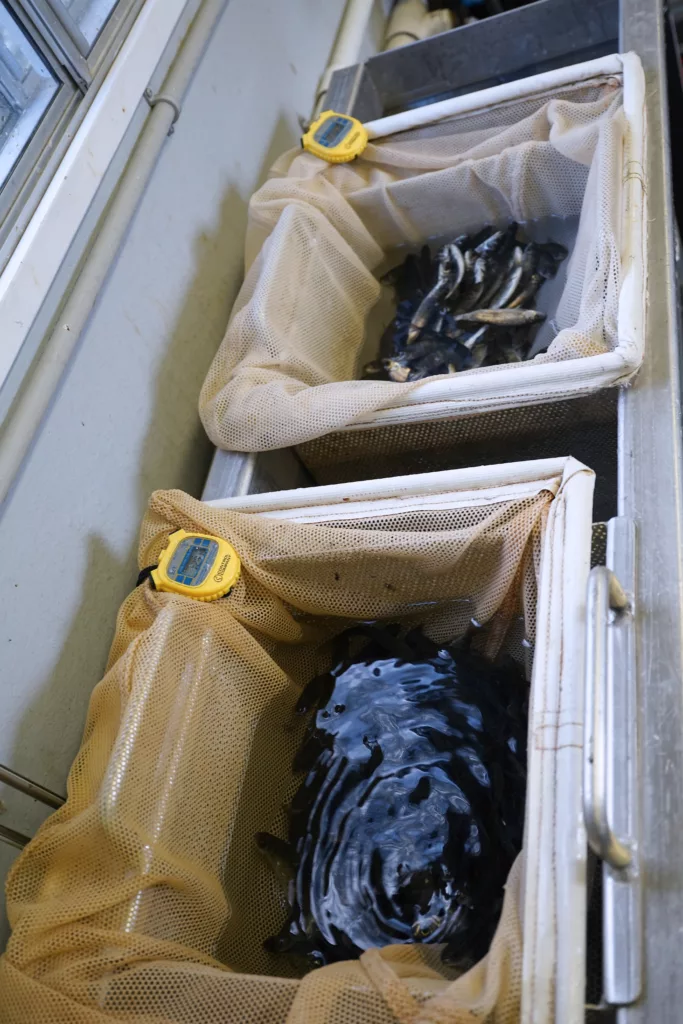
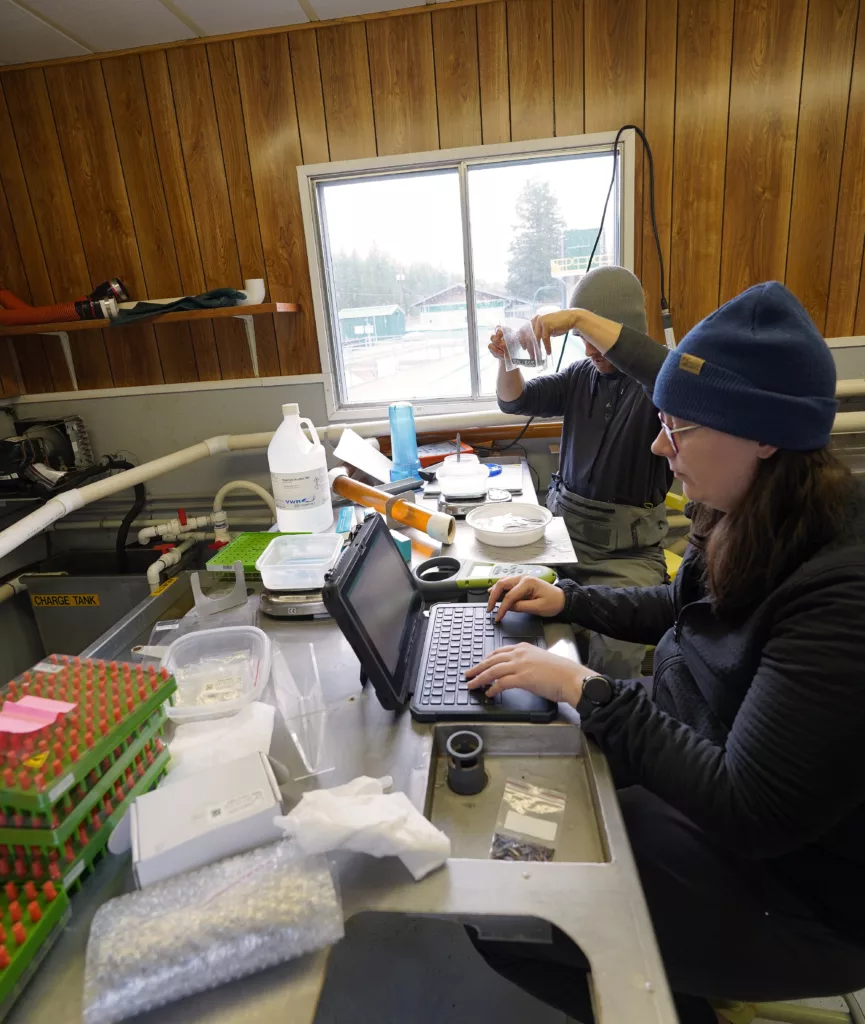
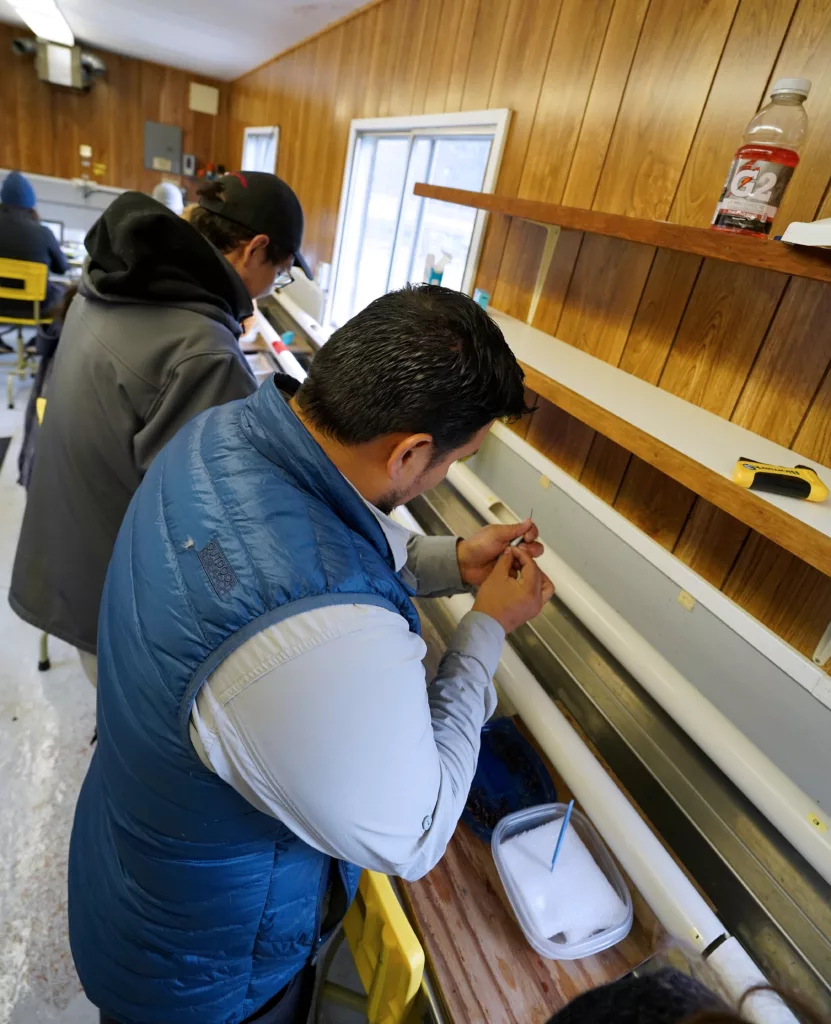
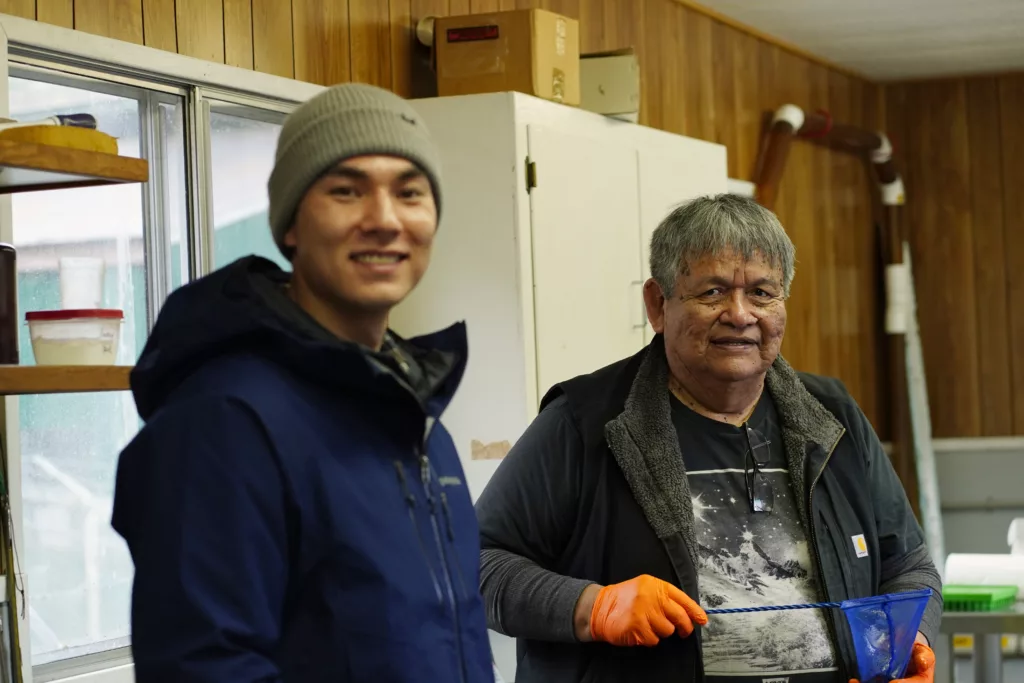
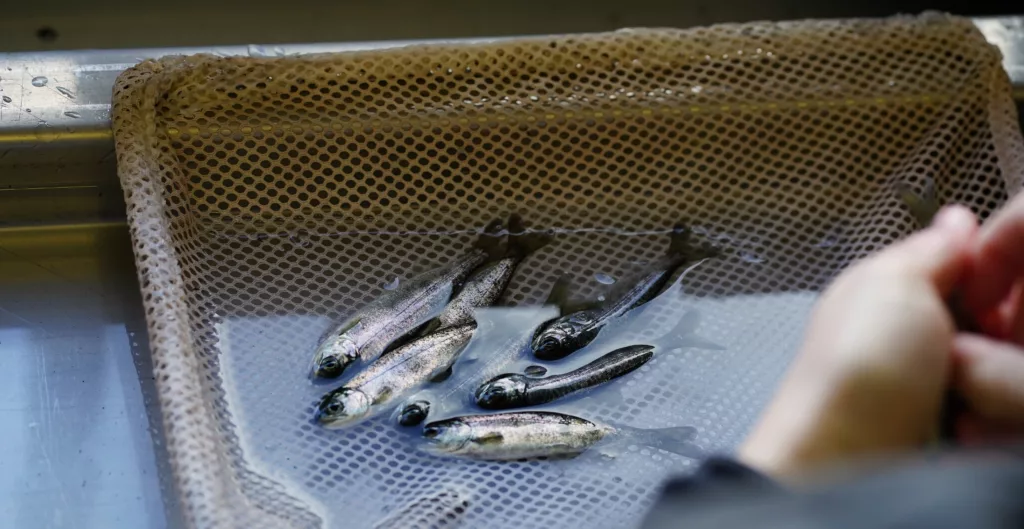
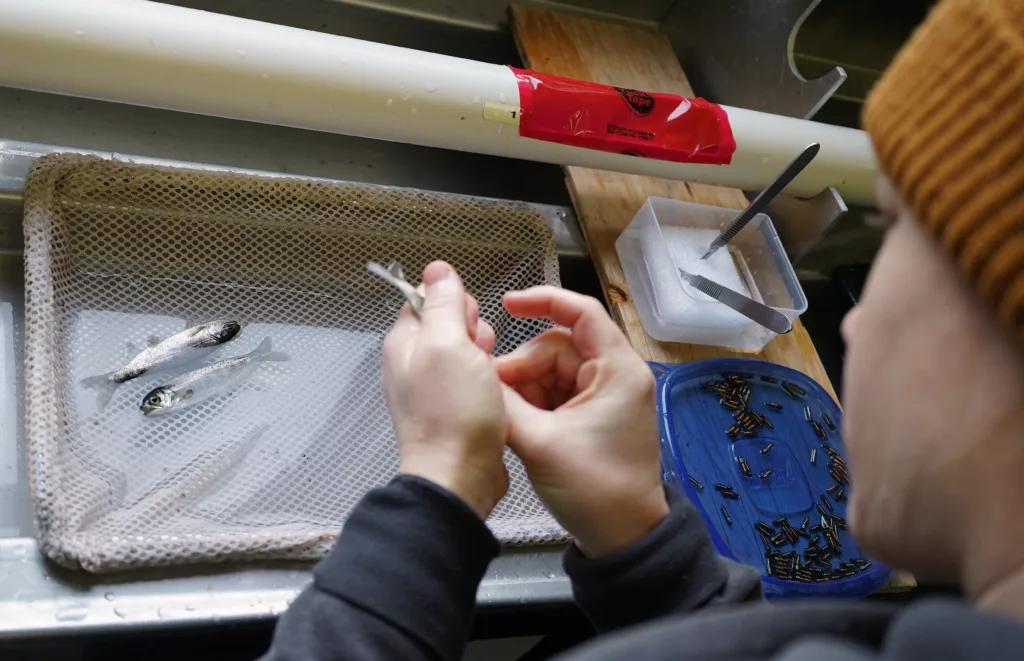
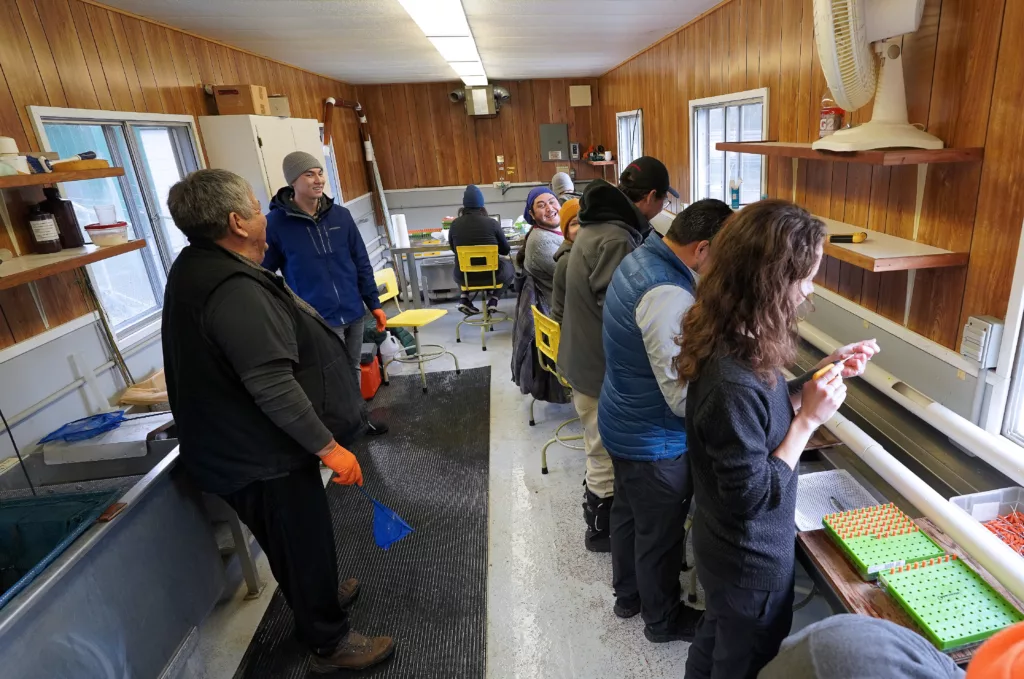

Visit our facebook page Visit our twitter page Visit our youtube page